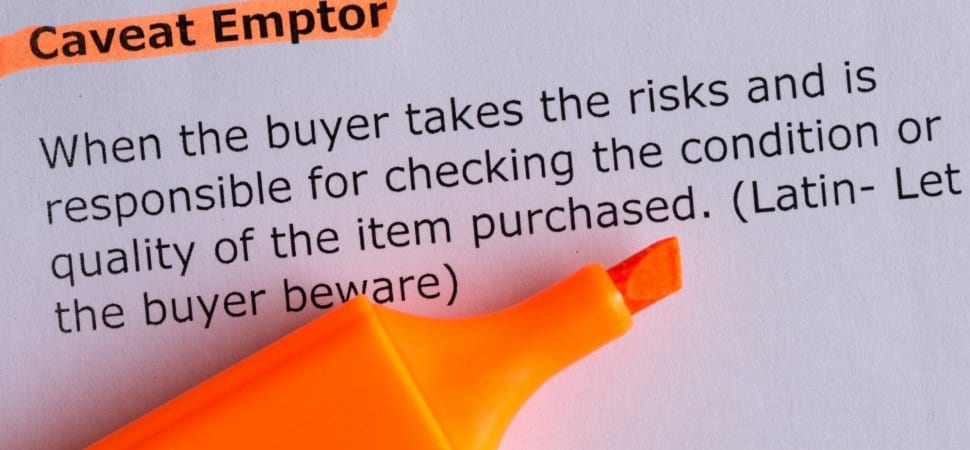Slow and Steady Wins the Race
While lots of mergers fail, and if you had to pick one reason -it is companies rushing in without really vetting the potential match.
It seems there is news every day about a proposed merger or acquisition between two companies. While buying another company is certainly a viable strategy for helping your company achieve your long-term vision, the statistics about the failure rate of acquisitions are certainly sobering. One KPMG study found, for example, that 83% of all M&A deals end in failure.
While there is likely no one answer for why so many deals fail, it does point out at least one flaw in how companies seem to rush into these kinds of deals without deeply vetting the potential match first. While the merger might look good on paper, how do you really know if the two organizations will really fit together? You could say it’s a lot like deciding to marry someone based just on their online dating profile. While everything might look perfect on the surface, wouldn’t you like the chance to know the person better before you propose?
Just like you would want to date someone before you marry them, it makes sense for companies to “date” each other before deciding to join themselves at the hip through an acquisition. There are actually four different levels where this can happen.
Level One: At the most basic level, two companies could begin dating by striking up a marketing partnership where they agree to sell or co-brand a product together. This could also take the form of a private-label arrangement where one company markets the other’s product under its own brand. By working together in this way, the two companies can learn a lot about each other and how well they mesh together before making a larger commitment. The key to this step is a low-commitment interaction that won’t be painful to pull apart.
Level Two: If your two companies want to start taking things to the next level – going steady, you might say – you could try co-developing a project together using a team of players from both companies. Another example could be where each company sends an executive to work for the other company as a way to learn more about their culture and the way they go about doing business. The stakes are higher as are the costs of unwinding the relationship if things don’t work out. But it can be an important step in developing a closer relationship.
Level Three: Things are going well enough that it’s time to get engaged! This is obviously pretty serious as the stakes are now even higher to commit to this relationship. An example might be creating a joint venture together where you start a new company in which both companies own equal stakes. The goal is to find out how the two organizations can accomplish more as a team than either one could do on their own. If this works great, you might want to proceed to the next level.
Level Four: Wedding bells. If things continue to go well, and the two organizations perform seamlessly together, then it might be time to get hitched. You’ve given it plenty of time to learn about each other – both about your respective strengths and weaknesses – and you just feel like it makes sense to make a true long-term commitment to each other. Congratulations! At the same time, you may also decide that in working together up to this point, there isn’t enough chemistry to get married – which is OK, because it will save you a ton of money and wasted time in the long run.
The point is that we should think about acquisitions not as one-time decisions or events, but more as something that happens along a continuum over time. It’s also important to note that while the idea of dating multiple people at the same time – or even getting engaged to more than one person – is certainly frowned upon among people – it actually makes good sense when it comes to your business. In fact, it might be a wise move to have different kinds of relationships with multiple companies all at once.



